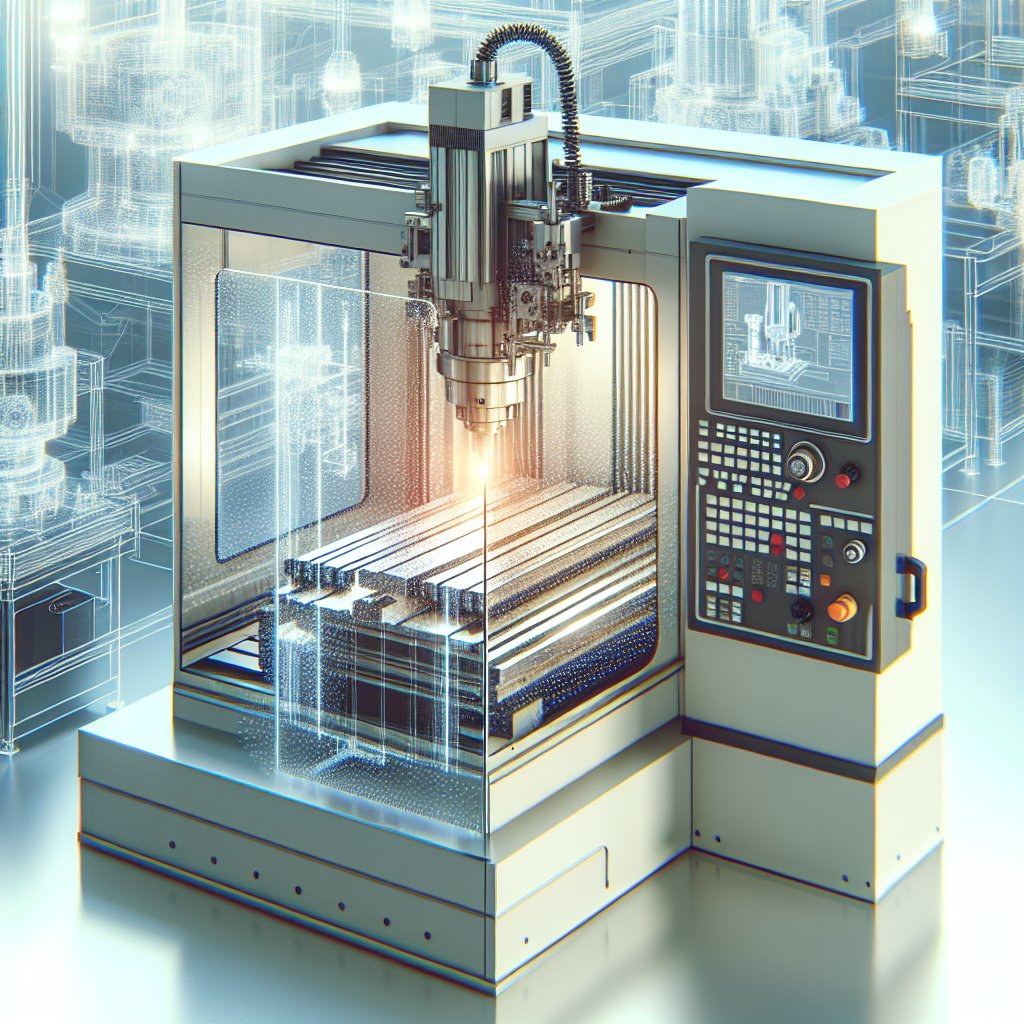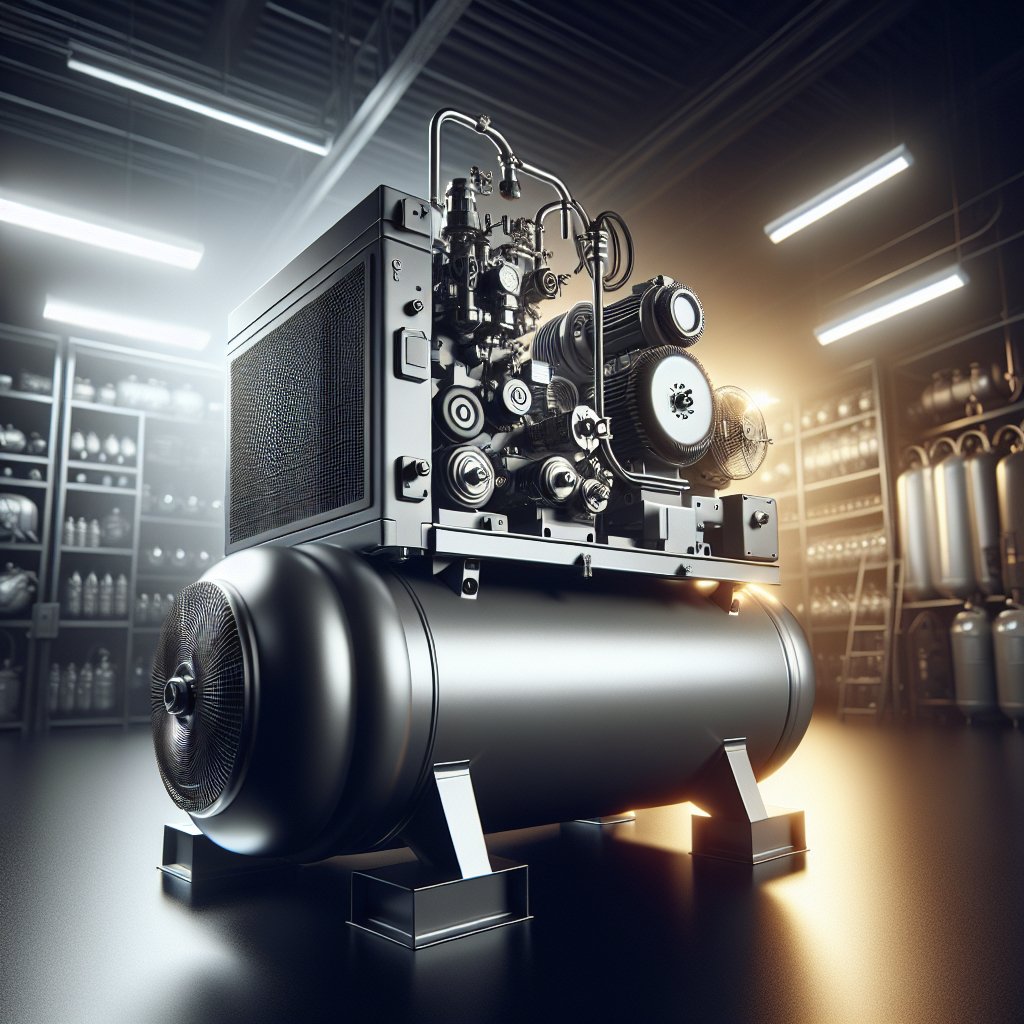
CNC machines, or Computer Numerical Control machines, have revolutionized the manufacturing industry by automating complex processes and enhancing precision. These machines are integral to modern production, offering unparalleled efficiency and accuracy. This article delves into the fundamental aspects of CNC machines, exploring their components, operation, and applications across various industries.
Components of CNC Machines
At the heart of every CNC machine lies a combination of hardware and software that work in harmony to execute precise tasks. Understanding these components is crucial for anyone looking to grasp the basics of CNC technology.
Hardware Components
The hardware of a CNC machine is composed of several key elements, each playing a vital role in its operation:
- Controller: The brain of the CNC machine, the controller interprets the G-code instructions and converts them into electrical signals to drive the machine’s motors.
- Motors: These are responsible for moving the machine’s components along the X, Y, and Z axes. Stepper motors and servo motors are commonly used in CNC machines for their precision and reliability.
- Spindle: The spindle holds and rotates the cutting tool or workpiece. Its speed and power are crucial for determining the quality of the machining process.
- Bed and Table: The bed provides a stable base for the machine, while the table holds the workpiece in place during machining.
- Linear Guides and Bearings: These components ensure smooth and precise movement of the machine’s parts, reducing friction and wear.
Software Components
The software aspect of CNC machines is equally important, as it dictates the machine’s actions through programming:
- CAD Software: Computer-Aided Design (CAD) software is used to create detailed 2D or 3D models of the parts to be manufactured.
- CAM Software: Computer-Aided Manufacturing (CAM) software converts CAD models into G-code, the language understood by CNC machines.
- Control Software: This software runs on the CNC machine’s controller, interpreting G-code and managing the machine’s operations.
Operation of CNC Machines
The operation of CNC machines involves a series of steps that transform raw materials into finished products with high precision. Understanding this process is essential for maximizing the potential of CNC technology.
Programming and Setup
The first step in operating a CNC machine is programming. This involves creating a G-code file that contains the instructions for the machine. The G-code specifies the tool paths, cutting speeds, and other parameters necessary for the machining process. Once the program is ready, the machine is set up by mounting the appropriate tools and securing the workpiece on the table.
Machining Process
With the program loaded and the machine set up, the machining process can begin. The CNC machine follows the G-code instructions to move the cutting tool along the specified paths, removing material from the workpiece to create the desired shape. The precision of CNC machines allows for complex geometries and tight tolerances, making them ideal for producing intricate parts.
Quality Control
After machining, the finished parts undergo quality control to ensure they meet the required specifications. This may involve measuring dimensions, checking surface finishes, and performing functional tests. CNC machines often include features like automatic tool changers and probing systems to enhance quality control and reduce human error.
Applications of CNC Machines
CNC machines are used in a wide range of industries, each benefiting from the technology’s precision and efficiency. Here are some of the most common applications:
Automotive Industry
In the automotive industry, CNC machines are used to manufacture engine components, transmission parts, and other critical elements. The ability to produce parts with high accuracy and repeatability is essential for ensuring the performance and safety of vehicles.
Aerospace Industry
The aerospace industry demands parts with extreme precision and reliability. CNC machines are used to produce components for aircraft engines, landing gear, and structural elements. The technology’s ability to work with advanced materials like titanium and composites is particularly valuable in this sector.
Medical Industry
In the medical field, CNC machines are used to create surgical instruments, prosthetics, and implants. The precision of CNC machining ensures that these critical components meet the stringent standards required for medical applications.
Electronics Industry
CNC machines play a vital role in the electronics industry by manufacturing components such as circuit boards, connectors, and enclosures. The technology’s ability to produce small, intricate parts with high precision is crucial for the miniaturization of electronic devices.
Conclusion
CNC machines have become an indispensable tool in modern manufacturing, offering unparalleled precision, efficiency, and versatility. By understanding the basics of CNC technology, including its components, operation, and applications, individuals and businesses can harness its full potential to drive innovation and productivity. As technology continues to advance, CNC machines will undoubtedly play an even more significant role in shaping the future of manufacturing.

